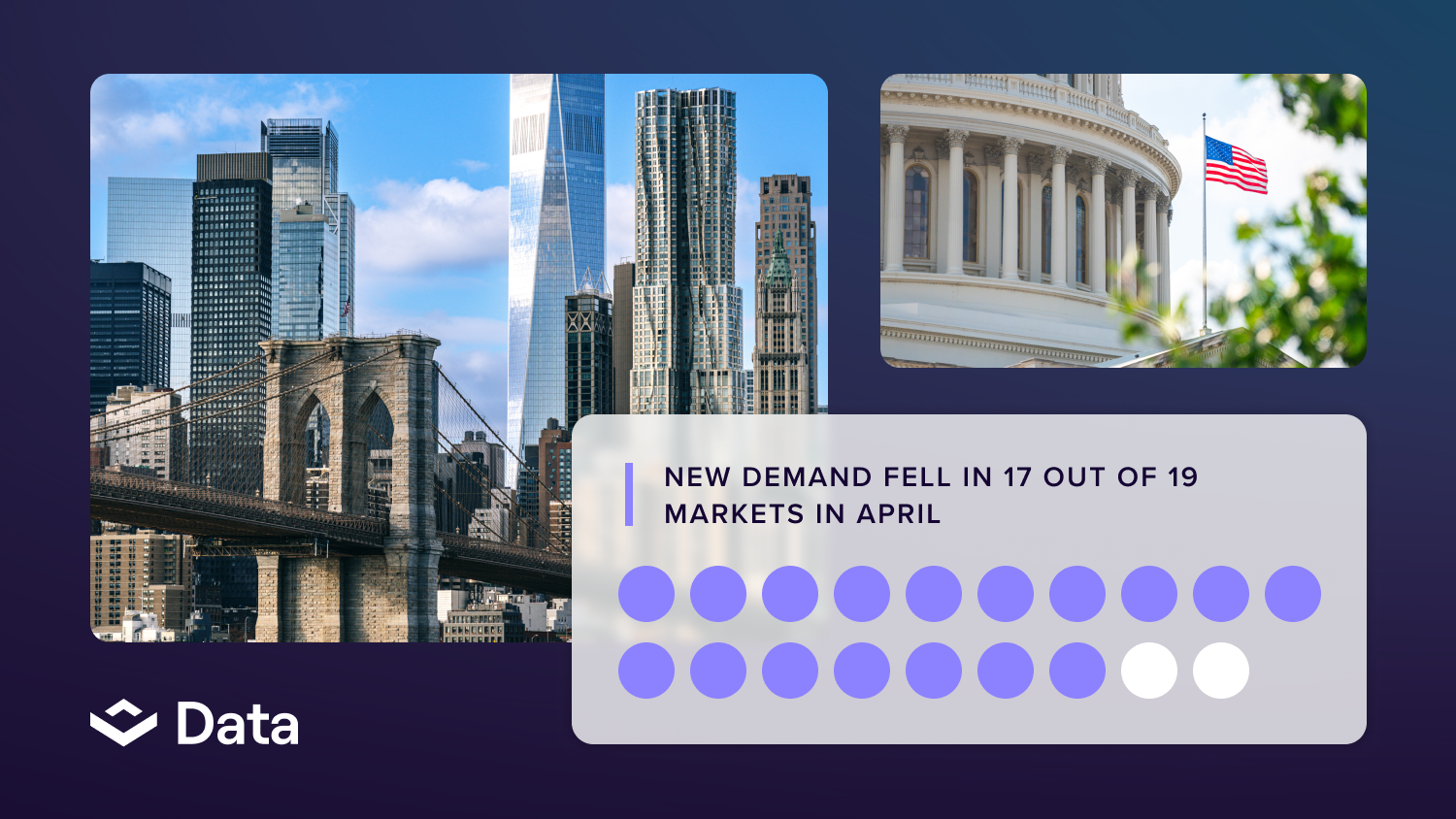
There are a lot of changes happening in retail right now, but one thing is certain: shoppers want both the online and in-store experience (often at the same time) and the brands that get it right will succeed. For the modern retail landlord, understanding and evolving with these e-commerce trends is critical to the success of your retail assets.
A CBRE report “Demystifying Omnichannel” outlines these developments in depth and has some strong points about the future of the retail real estate industry.
E-commerce is not a retail-store killer
There is no denying that online sales are cutting into overall retail sales, as evidenced by this section in CBRE’s report. Though online sales have been growing 15% annually since 2010, as tracked by the U.S. Census Bureau, that number can be deceiving.
As CBRE tracks it, online only made up 8.9% of total retail sales last year, and that does not account for purchases made online and picked up at physical stores where an additional purchase could have been made. Retail real estate landlords need to understand the strongest operators have a significant balance between the two channels.
E-commerce sales vary by category
Another part of the CBRE report discusses the retail categories with the highest share of online sales. By the firm’s research estimations, there was $435.5 billion in online sales last year. The leading category was apparel, which made up 14% of that total. Electronics followed, at 12%. By 2022, they are, respectively, expected to rise by 12% and 14%.
This is valuable information for retail real estate landlords. According to CBRE, owners need to analyze and understand their merchandising mix – from there they can consider repositioning those retailers that are particularly susceptible to e-commerce growth, and look to include more retailers that are less likely to have exposure to online sales, such as food and beverage, beauty and services.
Landlords can also be buoyed by the success of retailers that embrace omnichannel strategies. Best Buy, for one, had a same-store sales increase of 7.1% percent year over year during the first quarter, showing that it is adapting to the omnichannel evolution.
M-Commerce and its retail future
CBRE predicted that “m-commerce” will soon be the dominant player in e-commerce. In fact, much of the predicted growth in online sales will be driven by mobile ordering, which reportedly skyrocketed 522% between 2012 and last year.
And mobile ordering is just going to get more pronounced, CBRE pointed out. It is forecast to jump by 50% annually from now until 2022. By 2021, it is said that purchases made on mobile devices will be 54% of all online sales. Smartphones are the majority of devices being used for these purchases.
It’s not hard to see then how smartphones will play a huge role in the foreseeable future for both transactions and the decisions to make them, making them a critical aspect of any omnichannel strategy.And having a mobile strategy isn't just important for individual retailers. Huge potential exists for those retail landlords that deploy mobile initiatives across retail assets, for example by partnering with tenants to create center-wide loyalty programs. Such initiatives have the potential to increase visitor engagement and the resulting data from shopper habits and patterns can guide future programs to continue to increase tenant and shopper satisfaction and encourage return visits.
As technology evolves and e-commerce sales continue to strengthen, the strategies of retail landlords themselves become ever more important. Partnering with retailers that are on their way to mastering a balance between online and brick-and-mortar channels is critical to ensuring the overall success of retail assets.






